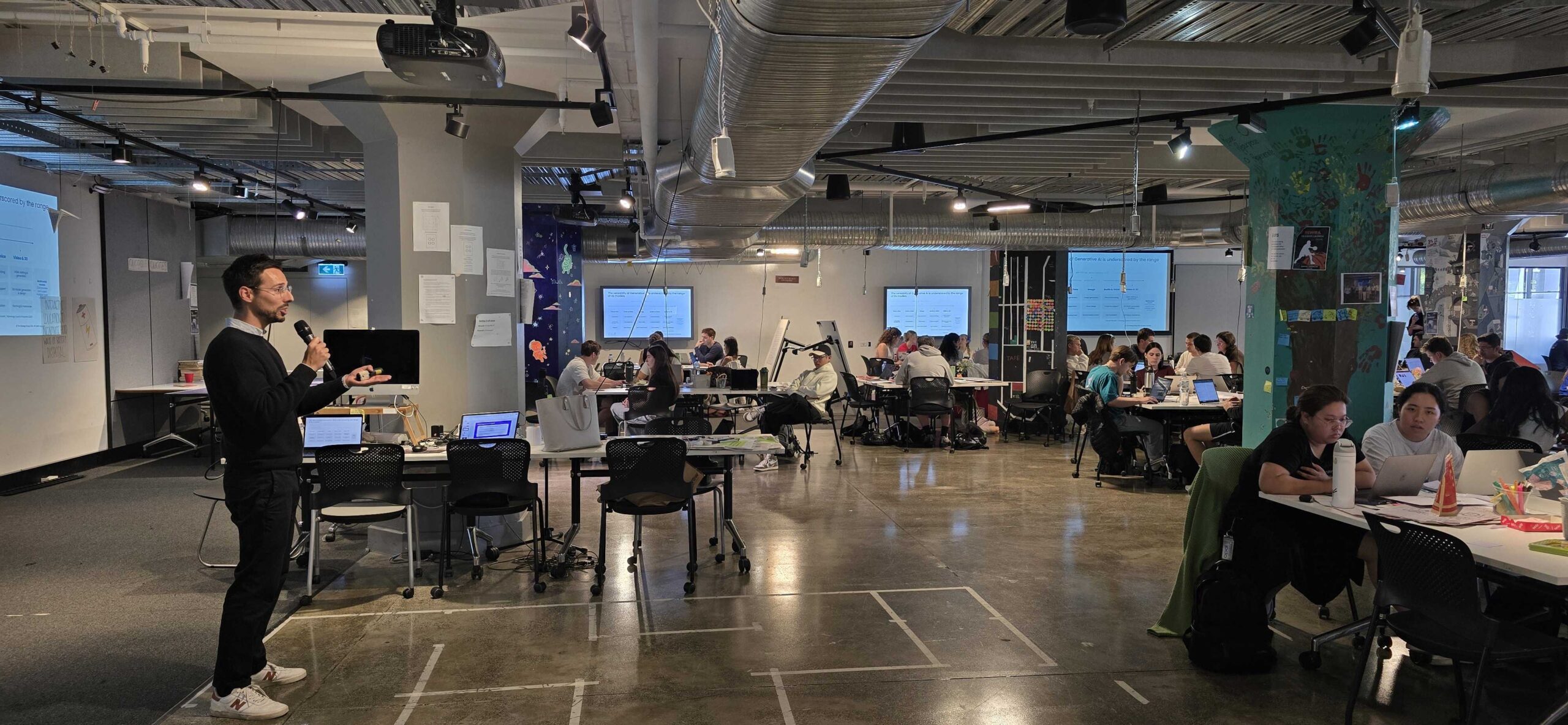Organisations today teach us to try and come up with solutions to problems as quickly as possible. It’s urgent. We need it now. The quarter is closing. Hurry up! But if we are actually solving the wrong problem, what’s the point? Surely it is more important for us to take time out, ensure that we have framed the problem correctly, and then put all of our effort into finding a solution. Most times we don’t do this at all. When was the last time you and your team sat back and said “Are we sure we are working on the right problem?”. Let me give you an example. For years the car rental companies were working on how to reduce the queues that form at their counters when planes land. People were lined up 10 deep – frustrated, tired, just wanting their car so they could drive off. The rental car companies tried adding more staff, reducing the paperwork, enlarging the waiting area – not much worked. While there was a small reduction in queue length, it was marginal at best. What were they to do? If one queue was too long, the disgruntled customer would often move to a much shorter queue at a competitor – meaning significant lost business then, and in the future. Then there was a breakthrough; the problem was the wrong problem. Rather than trying to solve the problem of reducing the queue length to a manageable size, the problem shifted: how could the car rental companies remove the queue altogether. Impossible you say? Well, they did just that. After some time trying to solve this problem, they came up with the “gold card” approach – if you are a gold card member, you get off the plane, look for your name on an electronic board, and walk straight to the bay where your car is located, drive to the exit, show your license to a single gatekeeper, and drive off. No queue, no paperwork, nothing. Everybody wins. This sentiment is further echoed in an article by Dwayne Spradlin, addressing this issue of reframing the problem. He provides several examples of how difficult issues were addressed not with the problem that you might at first thought needed solving, but a reframed version that meant that a more powerful solution would be forthcoming. So next time you gather to address a problem – whether it be a tactical one or strategic – take a few steps back, address the group and say: “Are you sure we are solving the right problem? How do we know this is the right problem? Let’s take some time out to potentially reframe the problem”. And if after some discussion, the problem does not change, then that’s fine as well. You have confirmed that nature of the problem. However 50% of the time you will end up reframing the problem in a much more strategic way that will deliver significantly enhanced value to your organisation.
Join 10,000 others who want the latest insights, tools, tips and resources. We help you get better results by staying on top of the latest methodologies and thinking.












